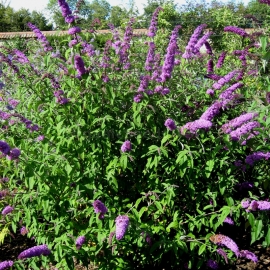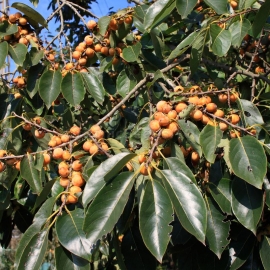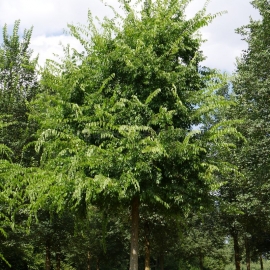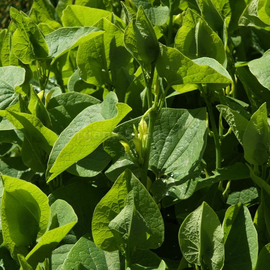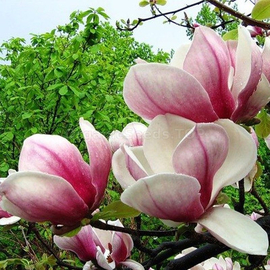




Organic Magnolia officinalis seeds
1.14 €
A medium-sized tree with large (up to 25 cm) leathery elliptical leaves, which has large (22 cm) cupped, cream or milky-cream flowers, located at the ends of the branches, very fragrant.
-
Magnolia officinalis (Magnolia medicinal)
Is a medium-sized tree with large (up to 25 centimeters) leathery elliptical leaves. The flowers are large (22 centimeters), cup-shaped, cream or milky cream, located at the ends of the branches, very fragrant. The fruit is multi-leafed and individually resembles a cone cone. Magnolia officinalis has a similar chemical composition and appearance to large-flowered magnolia (Magnolia grandiflora L.), differing significantly only in its distribution area in nature. If magnolia grandiflora is a characteristic botanical species in the North American flora (and is grown today in gardens and parks in Europe, including in the southern part of Ukraine), then the natural range of magnolia officinalis is limited to Western and Central China, where it was introduced into culture.
Healing effect. Essential oil is found in all parts of the tree. There is especially a lot of it in fragrant flowers. Magnolia leaves contain just over 0.5% essential oil, which contains, in addition to sesquiterpenes, monoterpenes, citral, cineole. In addition to the essential oil, the leaves also contain flavone glycosides, including rutin, and a number of alkaloids.
Growing Magnolia officinalis
Magnolia is propagated from seeds, air layering and seedlings. The seeds ripen in a red oily shell, which protects them from drying out, as a result of which they quickly lose their viability. The seeds are peeled from the shell and sown in boxes with soil for further storage in a cool place (cellar, loggia) at a temperature of 6-10 degrees (but not lower than 3) and left for stratification for 4-5 months, regularly moistening. After 5 months they germinate. Next, the plant can be transplanted into another box or pot with a height of at least 30 cm, otherwise the plant will slow down its growth. In the first year, magnolia seedlings develop slowly. True leaves appear in early June, but active growth begins in August-September.
The planted plants are regularly fed and watered with a solution of mineral fertilizers until the end of August inclusive. Further, the seedlings develop faster and can reach a height of 1.3 meters. But such plants overwinter hard in open soil, so with the onset of the first cold weather (before frost), they are brought into a bright and not very warm room. When the magnolia sheds its leaves (and if it doesn’t, you need to cut them off with scissors), move it to the cellar. In spring, the plants will be ready for planting in open ground. This method of propagation, although painstaking, has advantages - the plant will actively increase its mass during the first season, and then the stronger seedling will withstand unfavorable conditions. But from sowing the seeds to flowering it will take at least 10-12 years.
With this product buy
Product code: 11829
1.14 €
Shrub up to 2 meters high, with widely spreading branches drooping at the ends, purple-violet flowers with a honey aroma, up to 1.5 cm, blooms annually and abundantly from July to September.
Product code: 15018
3.00 €
The tree is 15-20 meters high, berry-like with juicy flesh, yellow when grown, 1-2 cm in diameter, edible and contains a lot of sugars, malic acid and vitamins, found in food fresh, caught by frost, often dried.
Product code: 15019
5.00 €
Valuable park tree, used in steppe afforestation, decorative, drought-resistant, the most frost-resistant of all types of frame, unpretentious to soil, dust-gas resistant, frost resistance zone: 4-9 (up to -35 ° C).
Product code: 15650
1.50 €
A herbaceous perennial plant-liana, the height of which varies from 50 to 90 cm, the rhizome is creeping, the stem of the birthwort is erect, slightly twisting, branches rarely, of a light green hue.

